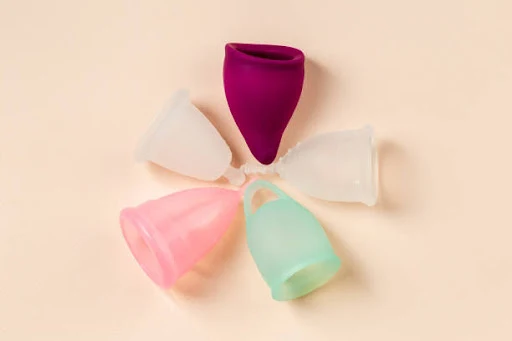- Environmentally friendly: Menstrual cups are reusable, reducing the environmental impact of disposable menstrual products.
- Cost-effective: While the initial cost is higher, menstrual cups can last for several years, saving money over time compared to disposable alternatives.
- Longer wear time: Menstrual cups can be worn for up to 12 hours, providing longer protection than tampons or pads.
- Reduced risk of Toxic Shock Syndrome (TSS): Since menstrual cups are made of medical-grade silicone or latex, the risk of TSS is lower compared to tampons.
- Less odor: Menstrual cups don't emit the same odor as disposable pads or tampons
"Reusable Menstrual Cup," "Eco-Friendly Period Solution," "Silicone Menstrual Cup," "Sustainable Feminine Hygiene," "Menstrual Cup Benefits," "Long-lasting Period Protection," "Green Menstrual Products," "Zero Waste Menstruation," "Healthy Period Care," "Environmentally Conscious Period Solutions."
Cons of Menstrualcup
- Learning curve: Some users may find it challenging to insert and remove the cup initially, requiring practice to get comfortable with the process.
- Initial cost: The upfront cost of a menstrual cup is higher than disposable products, which may be a deterrent for some users.
- Cleaning challenges: Proper cleaning is crucial, and some may find it inconvenient, especially in public restrooms.
- Not suitable for all: Menstrual cups may not be suitable for everyone, including those with certain medical conditions or sensitivities.
- Availability and awareness: In some regions, menstrual cups might not be as widely available, and there may be a lack of awareness about their use and benefits.
It's essential to weigh these factors based on personal preferences and needs when considering menstrual cup usage.





0 Comments